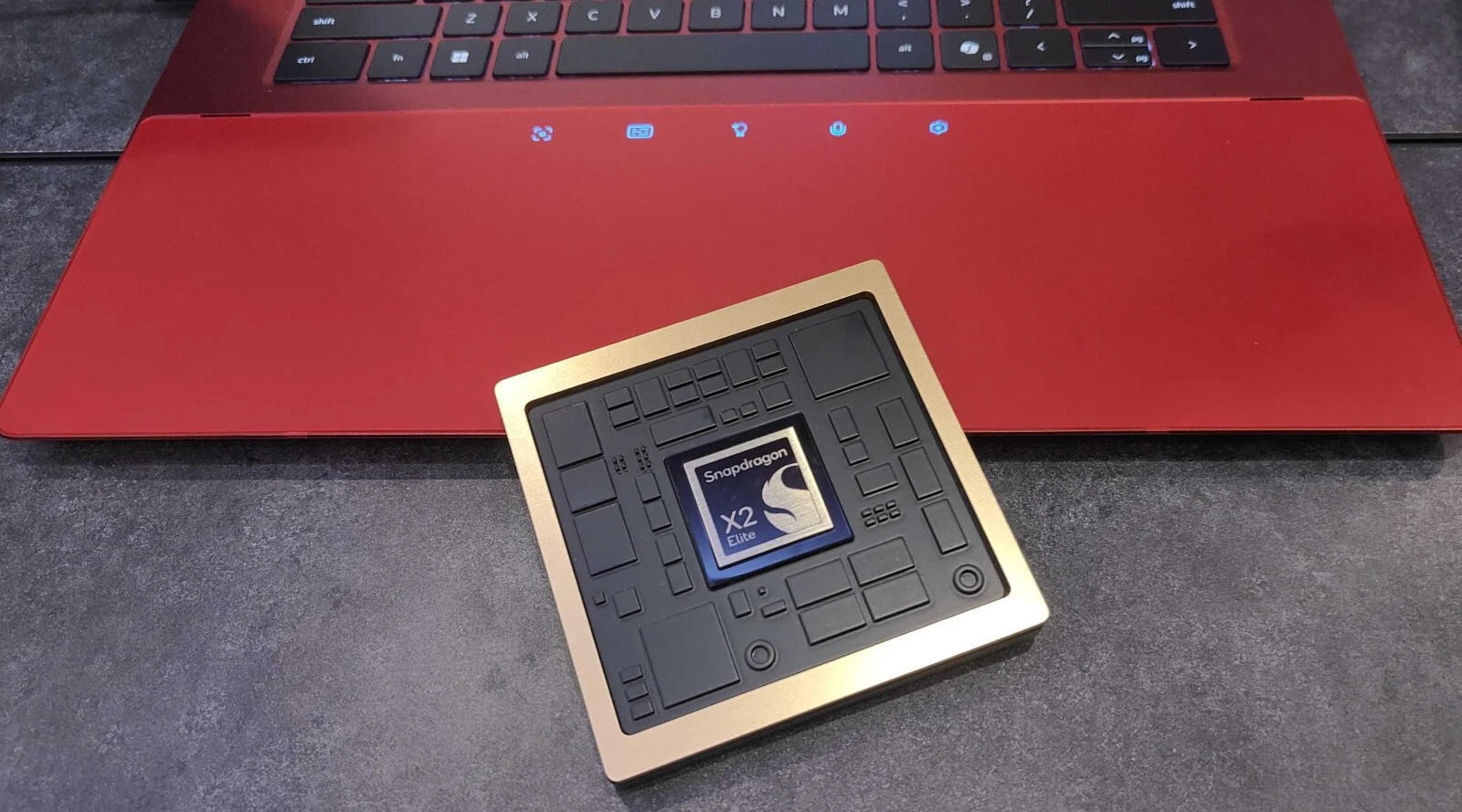In the heart of Silicon Valley, Google has quietly ignited a revolution in computing with its latest creation: Willow, a quantum chip poised to redefine the limits of what’s possible. This isn’t just an incremental upgrade; it’s a monumental leap that could reshape industries and accelerate scientific discovery in ways we’re only beginning to imagine.
Announced in late 2024, Willow has already demonstrated the ability to solve a complex problem in a mere five minutes that would have taken the world’s most powerful supercomputer an unfathomable 10 septillion years. This staggering feat underscores the immense power of quantum computing and positions Willow as a frontrunner in the race to build commercially viable quantum computers.
But what exactly makes Willow so special? What are the implications of this breakthrough? And how does it work? In this deep dive, we’ll explore the intricacies of Google’s Willow chip, unraveling its potential to revolutionize fields like medicine, materials science, artificial intelligence, and beyond.
Delving into the Quantum Realm
Traditional computers, like the one you’re likely reading this on, rely on bits to process information. These bits can exist in one of two states: 0 or 1. Quantum computers, on the other hand, leverage the principles of quantum mechanics to utilize qubits. Qubits can exist in a superposition, simultaneously representing both 0 and 1. This, along with other quantum phenomena like entanglement, allows quantum computers to tackle problems that are simply intractable for classical computers.
Willow builds upon Google’s previous quantum computing efforts, incorporating key breakthroughs in error correction and scalability. Quantum computers are notoriously susceptible to errors, but Willow’s innovative architecture significantly reduces these errors as the system scales, a crucial step towards building larger, more reliable quantum computers.
A Quantum Leap in Performance
The true power of Willow was showcased in a benchmark test involving Random Circuit Sampling (RCS). This complex task essentially involves generating random numbers from a quantum computer and then verifying their distribution. While seemingly abstract, RCS is a crucial test for assessing the capabilities of quantum hardware.
Willow’s performance on this test was nothing short of astonishing. Completing the RCS task in under five minutes, it outperformed even the most optimistic theoretical predictions for classical supercomputers. This achievement sent ripples through the scientific community, solidifying Google’s position at the forefront of quantum computing research.
Implications and Applications
While still in its early stages, quantum computing holds immense promise across a wide range of fields:
- Drug Discovery: Simulating molecular interactions to design new drugs and therapies.
- Materials Science: Developing novel materials with enhanced properties for applications in energy, electronics, and more.
- Financial Modeling: Creating more accurate and sophisticated financial models to assess risk and optimize investment strategies.
- Artificial Intelligence: Accelerating machine learning algorithms and enabling the development of more advanced AI systems.
- Cryptography: Breaking existing encryption methods and developing new, quantum-resistant security protocols.
Willow’s breakthrough performance brings us closer to realizing these applications, potentially leading to breakthroughs in medicine, materials science, and other critical areas.
Addressing the Challenges
Despite the remarkable progress, quantum computing still faces significant challenges. Building and maintaining these machines is incredibly complex and expensive. Qubits are delicate and require extremely low temperatures to operate, making them challenging to control and scale.
Furthermore, developing algorithms that can effectively harness the power of quantum computers is an ongoing research area. While Willow has demonstrated its prowess on specific tasks like RCS, applying it to real-world problems requires further algorithmic development.
Google’s Willow chip represents a significant milestone in the journey towards building practical quantum computers. While challenges remain, Willow’s performance provides a glimpse into the transformative potential of this technology.
Google continues to invest heavily in quantum computing research, focusing on improving qubit coherence, scaling up their systems, and developing new quantum algorithms. As the technology matures, we can expect to see even more groundbreaking achievements in the years to come.
Willow is not merely a technological marvel; it’s a testament to human ingenuity and our relentless pursuit of knowledge. It’s a beacon illuminating the path towards a future where the seemingly impossible becomes possible.
My Personal Encounter with Quantum Computing
While I haven’t had the opportunity to work directly with Willow, I’ve been fascinated by quantum computing for years. My background in computer science led me down the rabbit hole of quantum mechanics, and I’ve been captivated by the potential of this technology ever since.
I recently attended a conference where a Google researcher presented their latest findings on Willow. Witnessing the excitement and enthusiasm firsthand was truly inspiring. It’s clear that we’re on the cusp of a new era in computing, and I’m eager to see how it unfolds.








